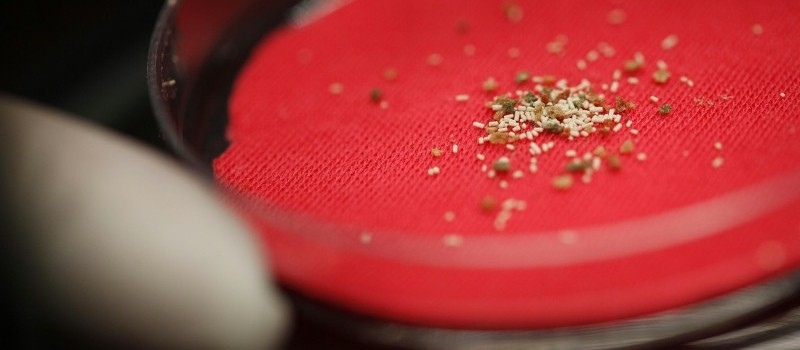In a two-year field test, scientists from the Hohenstein Institute in Bönnigheim, Germany have proven the effectiveness of a new type of dust mite protection mattress developed by the Institute. Twenty people suffering from a house dust allergy received a new “Wellmed” mattress from the Hohenstein Institute and German bedding retailer Gailing in the spring of 2011. Half of the mattresses were heated to 55 degrees Celsius three times a week using the integrated textile heating elements. The control group received the same type of mattress, but without the control device required for the heating process.
Over the course of the following months, the team of Prof. Dr. Dirk Höfer determined the amount of allergenic dust mite faeces several times for both groups. Dust mites had already been successfully prevented from settling in the specially designed mattress in laboratory tests. The field study has now also confirmed these results under realistic conditions.
After 18 months there were 17 times more allergens in the placebo group mattresses than in the positive group. When the study concluded after 24 months, the factor had gone up as high as 28. In absolute terms, the allergen content for the users of the periodically heated special mattresses had increased only marginally during this period, proving that dust mites had been unable to settle permanently. The results of the researchers’ study were confirmed by the subjective assessments of the test sleepers who enjoyed lasting improvement of their allergy problems, unlike the control group.
Duvet covers, pillows and duvets can be washed in a washing machine at high temperatures. When it comes to effectively controlling the dust mite populations in mattresses and their allergenic excretions, however, the options were previously limited to chemical substances or tightly sealed and therefore not very breathable, mattress covers.
 TEXTILES.ORG
TEXTILES.ORG



